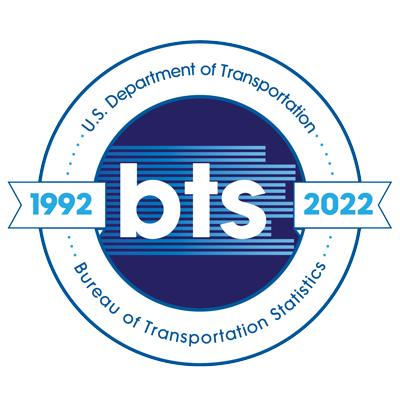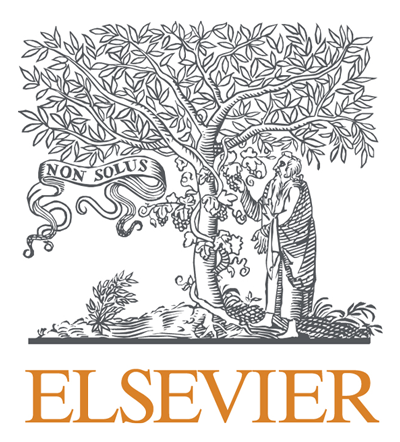Compounding effects of natural hazards and pandemics: a case study of winter storm Uri and Covid-19 in Texas
Topics:
Keywords: disaster resilience, geospatial analysis,
Abstract Type: Paper Abstract
Authors:
Heng Cai Texas A&M University
Binbin Lin Texas A&M University
Abstract
Compound disaster is becoming the new normal worldwide. More frequent and extreme disasters occur simultaneously or consecutively, unleashing amplified devastation and putting the communities, environment, infrastructure, and human well-being under enormous pressure. Texas communities suffered from chronic impacts of the Covid-19 pandemic since its outbreak in 2020. Compounded by the Winter Storm Uri in 2021, the communities experienced tremendous infrastructural damage and disruptions to social networks, and various degrees of mobility changes among different populations. Therefore, understanding how communities responded to compound disasters across space and time is critical for assisting the recovery of communities and achieving long-term equity and resilience of society. This study synthesized multi-source geospatial data to uncover the disproportionate impacts of natural hazards and pandemic and the inequalities of disaster resilience across communities and populations. We also analyzed the human mobility changes under four situations (including pre-covid, during-covid, during-covid&winter storm, after-winter-storm) to identify the underlying drivers leading to disparate responses.
Compounding effects of natural hazards and pandemics: a case study of winter storm Uri and Covid-19 in Texas
Category
Paper Abstract
Description
Submitted By:
Heng Cai Texas A&M University
hengcai@tamu.edu









Share